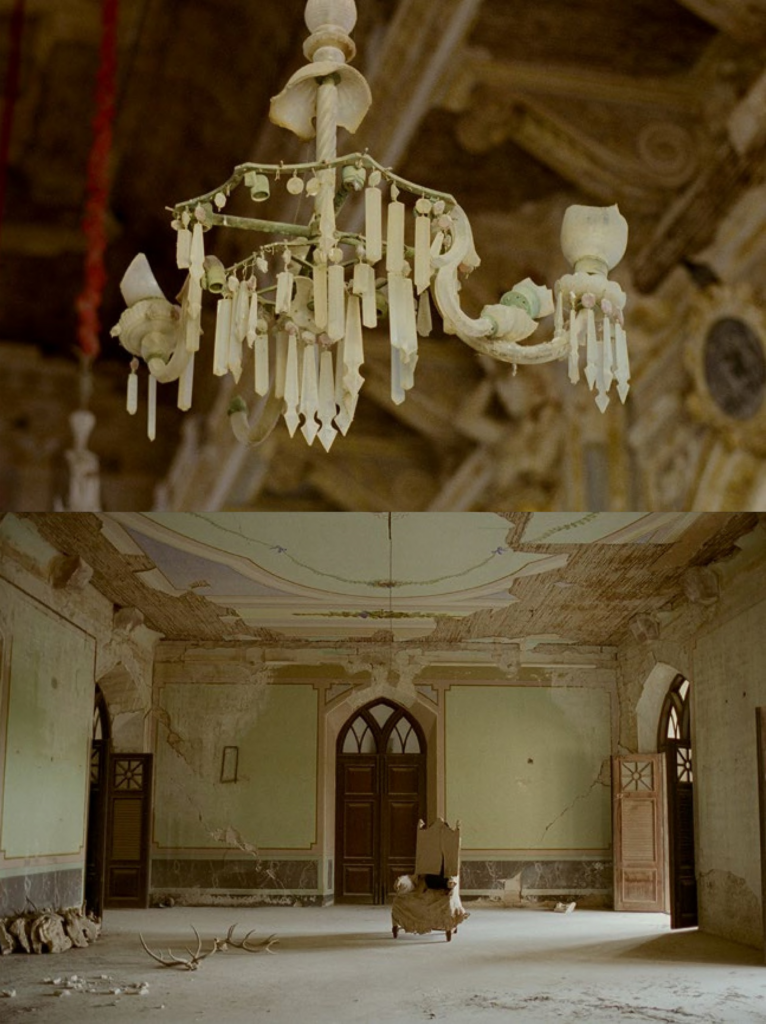ZARINA BHIMJI
She was born in 1963 in Mbarara, Uganda, and lives and works in the British capital, London
Yellow Patch
2011

Zarina Bhimji works with film, sound, photography, sculpture, and textiles, always distilling politics into poetry and facts into emotions. Trained at Goldsmiths, University of London, and the Slade School of Fine Art, Bhimji was nominated for the Turner Prize in 2007. While Bhimji’s works are informed by archival research and extensive fieldwork, her approach to colonial histories is—as a deliberate artistic choice—imbued with aesthetics. Her filmmaking is defined by a distinct formal language: painterly compositions, crafted camera movements, saturated colors, textures, and layered soundtracks. The triangular relationship between East Africa, India, and the United Kingdom traverses her filmic work and carries personal and political implications.
Yellow Patch (2011) is part of a larger project and sequence of films that engages with the residues of colonial history within the landscape and urban structures—“the echo,” in the artist’s words, that facts and power produce. Shot on 35 mm film, Yellow Patch takes as its starting point the history and migration between India and East Africa during the nineteenth century, under the system of British indentured labor. The artist includes filmed material from four main locations across the Indian subcontinent, loosely referencing the migration of Bhimji’s father in colonial times: the Victorian-era offices of the Mumbai Port Trust, the desert landscape of the Rann of Kutch, the Indian Ocean near the port of Mandvi, and various structures in western Gujarat.
Yellow Patch is defined by an elusiveness characterizing many of Bhimji’s works, situating it within what the art critic T. J. Demos has aptly defined as the genre of “postdocumentary.” The film resists any factual information, immersing the viewer into a close and slow observation of derelict buildings, abandoned archives, dusty furniture, a broken candelabra, marks on the walls, and so on. The collapse of the imperial system takes a material form, all these traces marking the disintegration of power. The moving image is correlated with a layered soundtrack, which is produced independently of the film and added during postproduction. Combining atmospheric field recordings with snippets of speeches by Mahatma Gandhi, Lord Mountbatten, Jinnah, and Nehru, and also music performances by Bi Kidude and Abida Parveen, the artist uses sound to produce an additional score in which history is registered.
